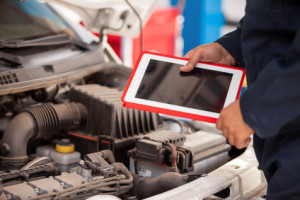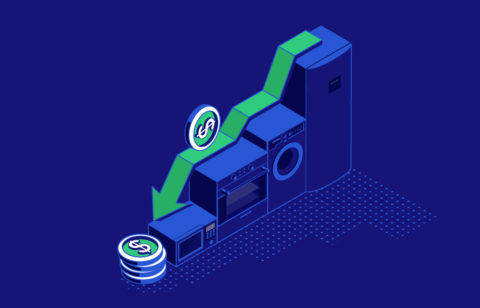Did you know that if you drive a small sedan, you actually spend about $1,700 a year just on gasoline? Plus, there’s that old bugaboo of depreciation and, of course, maintenance. We understand that owning and operating an automobile is a worthwhile investment – especially if you need it in your work or just to get to work. But wouldn’t you like to save money on your cost of driving? Here are several tips for doing just that.
Tip 1: Cut your insurance costs
Have you reviewed your auto insurance policy recently or done any comparison shopping? You should go online to sites like www.esurance.com and www.netquote.com periodically to see if there aren’t other companies offering lower-cost policies. Automobile insurance is competitive just like automobile sales. If you dig around, you’re likely to find a better deal. It’s also a good idea to review your deductibles. Just changing the deductible on your collision insurance from $500 up to $1000 will save you money. For that matter if you have a fairly old car you might consider dropping your collision coverage entirely. If you don’t have your auto insurance and homeowners insurance with the same company, consider moving one of your policies to the other. Almost all insurance companies give discounts when you “bundle” your insurance. And while this might sound like something of a cliché, be sure to ask your agent to do a discount double check. You might be eligible for a number of different discounts that together could save you a considerable amount of money.
Tip 2: Spend less on maintenance

When that dreaded “check engine light” goes on, immediately take in your car to your dealer and have it looked at. If it’s something such as a bad oxygen sensor, this could be decreasing your fuel mileage. Second, sometimes it makes sense to go to a specialist when you need work done. For example, if your car is showing transmission problems, you could be better off going to the transmission repair shop rather than a general mechanic. A person who specializes in repairing transmissions might be able to do a better job of spotting problems and at less cost than a general mechanic. Also, make sure you change your oil every 3,000 miles and follow your manufacturer’s maintenance schedule.
Tip 3: Cut your fuel costs
You can reduce your gas consumption by driving at a steady pace, say, between 55 miles per hour and 65 miles per hour as every time you increase your speed, it’s costing you gas. When you go too fast, this increases wind resistance and increases your fuel costs. In fact, it is said that every 5 miles per hour you drive over 55 miles per hour actually costs you $.25 per gallon. The best solution is to drive the speed limit and use cruise control. You should also travel light. The reason for this is because every extra 100 pounds could reduce your gas mileage by up to 2%. If you take some of that heavy stuff out of your trunk you could save $.04-$.08 per gallon. And if you do need to carry extra stuff, pack it in your trunk and not in a car top carrier. Finally, pay attention to your manufacturer’s maintenance schedule and be sure to use the recommended type and grade of motor oil when you have your oil changed. This alone could improve your gas mileage by 1% to 2%. Be sure also to keep your tires inflated at the proper pressure at this could improve your gas mileage by 3.3%, which is about $80 per year.
Watch this video to learn tips that could save you $100 a year in fuel costs.
Tip 4: Spend less on parking
You could waste a lot of gas driving around looking for a parking spot. If you end up with a parking ticket or if your car is towed, this could wipe out any savings you had achieved by following some of the tips given here. There are actually smart phone apps now available that will tell you where you can find legal street parking, remind you when it’s time to feed the meter or point you to a garage with “budget” parking fees.
Tip 5: Use your smart phone to find deals
In addition to the parking apps mentioned above, there are also some good apps available that could help you save money on gas. As example of these, the app AAAMobile will show you where the least expensive gas is closest to you and greenMeter will calculate your fuel costs and evaluate your driving to help you improve fuel efficiency.
Tip 6: Try ridesharing
If you have a long commute to work you could cut your fuel costs substantially by ridesharing. Where we live there’s a website where you could find people who work near where you work and who would be interested in sharing a ride. The two of you could drive on alternate days so that you are actually driving only two days or three days a week. Just think how much that would reduce your fuel costs.
Tip 7: Check out public transportation
Is there public transportation near you that you could take to work? If you were to do this just two days a week, it would cut your fuel costs by close to 40%. Plus, using public transportation to get to work is time you could use to get caught up on your reading, to prepare for your day or just relax and enjoy the scenery.
The net/net
The net/net here is that if you follow all or even four or five of these tips, you should be able to drive down your cost of driving considerably. And when you do this, it’s almost like putting free money into your pocket that you could stick into savings or use to pay down your debts.





